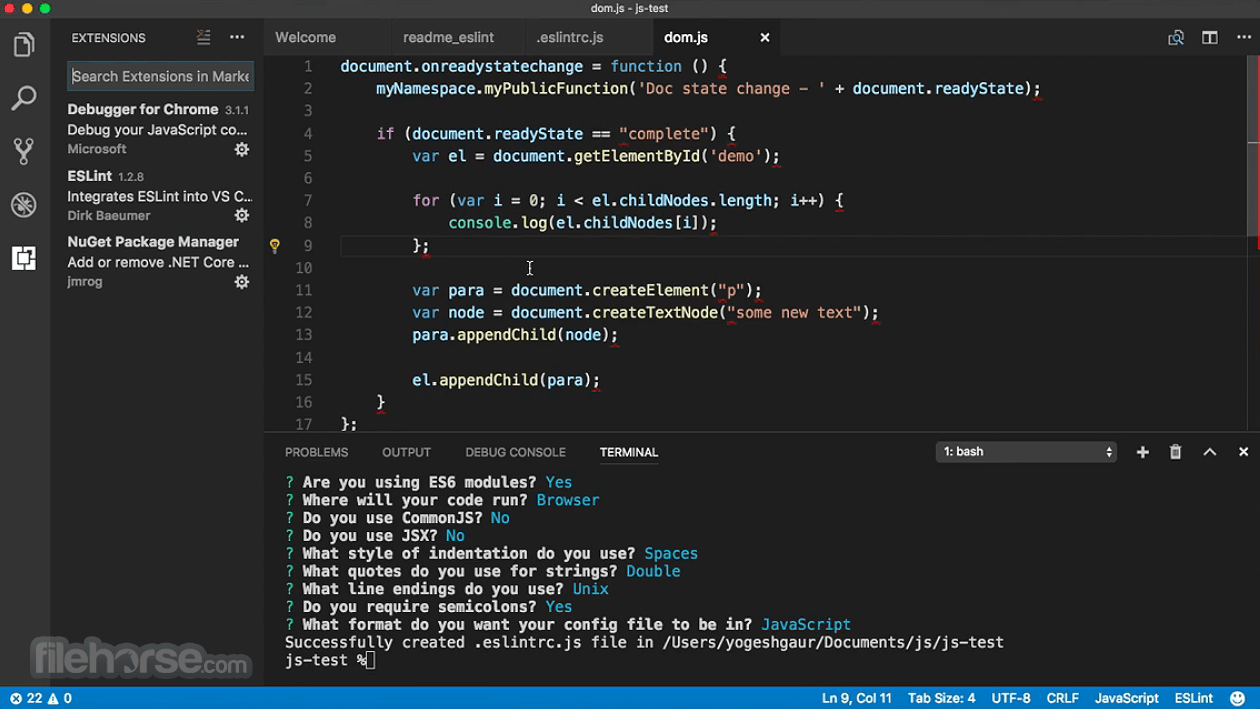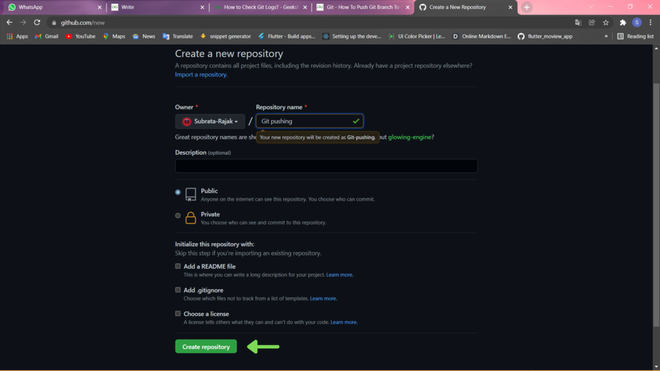

To remove this commit and modify the file, use 'git reset -soft HEAD~1' and commit and add the file again. # Commits the tracked changes and prepares them to be pushed to a remote repository. Commit the file that you've staged in your local repository.To unstage a file, use 'git reset HEAD YOUR-FILE'. # Adds the file to your local repository and stages it for commit. Stage the file for commit to your local repository.Change the current working directory to your local repository.On your computer, move the file you'd like to upload to GitHub into the local directory that was created when you cloned the repository.Sensitive information can include, but is not limited to:įor more information, see " Removing sensitive data from a repository." Warning: Never git add, commit, or push sensitive information to a remote repository. You can upload an existing file to a repository on using the command line. For more information, see " Creating a pull request."Īdding a file to a repository using the command line If your current branch is the default branch, you should choose to create a new branch for your commit and then create a pull request. Below the commit message fields, decide whether to add your commit to the current branch or to a new branch.For more information, see " Creating a commit with multiple authors." You can attribute the commit to more than one author in the commit message. At the bottom of the page, type a short, meaningful commit message that describes the change you made to the file.Drag and drop the file or folder you'd like to upload to your repository onto the file tree.Above the list of files, using the Add file drop-down, click Upload files. The Publish Over SSH Plugin can use Username/Password, or SSH keys to authenticate when loging in as Username.For example, when adding new AWS credentials to Jenkins in the manage/configure system page, the following dialog is seen: Caption: Add.On, navigate to the main page of the repository.

For more information, see " Committing and reviewing changes to your project."
#GIT ADD REMOTE AND PUSH CODE#
You can use GitHub Desktop to move your changes to a new branch and commit them. VS Code tips Adding a git remote Code 2020 9.06K subscribers Subscribe 18K views 2 years ago Today's VS Code command: Git: Add Remote Use the Git: Add Remote command to add. For example, to add a remote from Bitbucket to your repo, run the following command: git remote add second your-remote-url This time, replace your-remote-url with the Bitbucket remote URL. For more information, see " About protected branches." You can add more remotes to the same Git repo by specifying a different shortname for the new remote.

origin, clone URL, or upstream can mean the same thing. origin refers to the remote repo's URL.Here are what the git set upstream terms mean: You might have noticed that when we create a new Github repo without a README.md file, the platform guides us to git push the changes using the -u flag. Instead, we only need to run the short push command: git push Setting an upstream branch makes subsequent push requests straightforward because we will not retype the lengthy push URL on subsequent requests.

Refresh the remote repo's page and inspect the branches tab to see the changes. We will open the two repos with different browsers, Google Chrome and Microsoft Edge.ĪLSO READ: Decoding git remove remote We will work with two local and two remote repos in this tutorial. Setup Lab Environment to explain git set upstream You can set up and push changes to an upstream branch using the # set and push changes on new remoteĬommands or by following your remote repo's guidelines, as explained below. After going through the tutorial, you should comfortably handle the typical git set upstream errors and easily contribute to projects you love. This tutorial explains the often confused git set upstream terms using step-by-step examples.
#GIT ADD REMOTE AND PUSH SOFTWARE#
You will mostly apply git set upstream when creating a repo or collaborating with other software engineers on a forked repo for the first time. Git upstream is a link between the local repo and the remote one, and it enables you to synchronize the two repos.


 0 kommentar(er)
0 kommentar(er)
